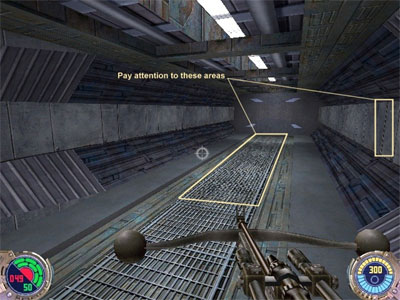Bij Beyond3D is een klein artikel verschenen waarin de effecten van anti-aliasing, anisotropic filtering en LOD bias op de beeldkwaliteit worden onderzocht. De nadruk van het artikel ligt voornamelijk op de beeldkwaliteit die men kan verwachten bij verschillende LOD bias instellingen. Enerzijds zorgt een agressieve LOD bias instelling voor textures die er scherp en gedetailleerd uitzien, maar anderzijds krijg je te maken met texture aliasing. In het onderstaande stukje wordt begonnen met de uitleg van dit ongewenste verschijnsel:
Now, some folks may be quite familiar with what "jaggies" mean when it comes to aliasing - very simply, it is "edge aliasing", that is, most folks will definitely see jagged edges when you know it should be a straight line. It is my belief, however, that many (still) do not know what "texture aliasing" may mean, as opposed "edge aliasing", which is usually more easily noticed. Texture aliasing is a little bit more difficult to explain than the obvious jagged edges. While I may explain it using phrases like "swimming pixels" or "noise" or "details on a wall that moves as your point of view changes", it may not be that easy to comprehend. To the informed, it is usually noticeable in screenshots - to others, it almost impossible to notice in screenshots. Texture aliasing is most noticeable as an artifact when the point-of-view changes (for example, as you pan or look around) I will therefore attempt to show what "texture aliasing" is via a Java applet...

